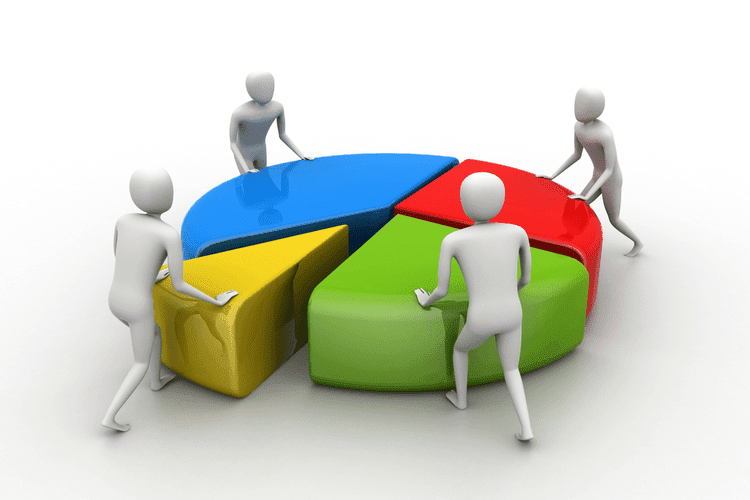
POs can help address issues like incorrect deliveries and protect against unexpected price increases, strengthening buyer-supplier relationships. In case of any dispute between your company and your suppliers, a purchase order serves as evidence of the agreed-upon terms and can help resolve any conflicts. A purchase order enables both the buyer and seller to track the transaction’s progress and hold each other accountable for meeting their respective obligations. Understanding the differences between purchase orders vs. invoices is crucial for managing business finances efficiently and effectively. Invoices play an essential role in business transactions and should always be created with care and attention to detail.
While a purchase order is issued by a buyer to initiate a purchase, an invoice is a request for payment from the seller for goods or services rendered. Additionally, using a purchase order can help streamline your procurement process by providing clear documentation of each transaction. This can be especially helpful if you need to track expenses or inventory levels over time. You can get Vencru, one of the top accounting and invoicing software for small businesses.
Key differences between a Purchase Order and an Invoice:
While invoices ensure cash flows into the company so it can expand and grow. It’s a great way for companies and businesses to ensure they don’t spend over their budget. Having them in place ensures you’re not overbilled and reduces the chances of any errors. Purchase orders and invoices are two of the most confusing financial terms, and they can often seem like synonyms. Both are commerce-related communications about goods and services. If you are new to the procurement arena, you may have trouble differentiating between invoices and purchase orders.
A purchase order is one of the first steps in formalizing a purchase or business transaction for a product or service. An invoice is usually issued after the purchase order once the sale has been completed and payment is due. Once a seller receives a PO, they send the products and an invoice to the buyer for payment. If you have what is the difference between an invoice and a purchase order brainly loyal or long-term customers who frequently order the same products, you might use a standing purchase order. Standing purchase orders make it possible for customers to order the same products or services multiple times using the same PO number. Buyers typically use POs when they order products from a seller or supplier.
What Is The Purchase Order Approval Process
It should be noted that an invoice is not the same as a sales receipt. The key difference is that an invoice is a request for a payment, and is issued before money is received. A receipt on the other hand, is issued after money has been received. In the construction industry invoices are key for progress billing. Keeping track of partial payments, late fees, deadlines, and materials and services are crucial for long-term and large-scale projects. While they serve different purposes, invoices and purchase orders share several similarities.

Once you receive the buyer’s payment, reverse the entry by crediting your accounts receivable account. If you’re having a hard time understanding the process, take a look at the steps below. A purchase order number (PON) is a unique identifier assigned to a purchase order document. The PON is typically composed of numbers and letters and is used to track the progress of the order from creation to delivery. A customer may be invoiced for a down payment or progress payments on a construction contract or high-cost equipment purchase.